The Real Scoop on Honey: A Pro’s Guide to Choosing and Using It
I’ve spent a lot of time around food, from tiny farm stands to big professional kitchens, and if there’s one thing you learn, it’s to respect your ingredients. Honey is a perfect example. For the longest time, I just thought of it as a fancy sugar substitute. But after countless chats with beekeepers and food scientists, my perspective totally shifted. They helped me see it for what it is: a complex snapshot of a specific place and time.
In this article
There are tons of articles out there that treat honey like some kind of magic potion. This isn’t one of them. We’re not going to make any wild claims here. Instead, we’re going to get practical. We’ll break down what honey actually is, why it acts the way it does, and how to spot the good stuff. You’ll learn how the pros use it and, just as importantly, when to be careful. This is the stuff I’ve picked up over years of tasting, buying, and cooking with it.
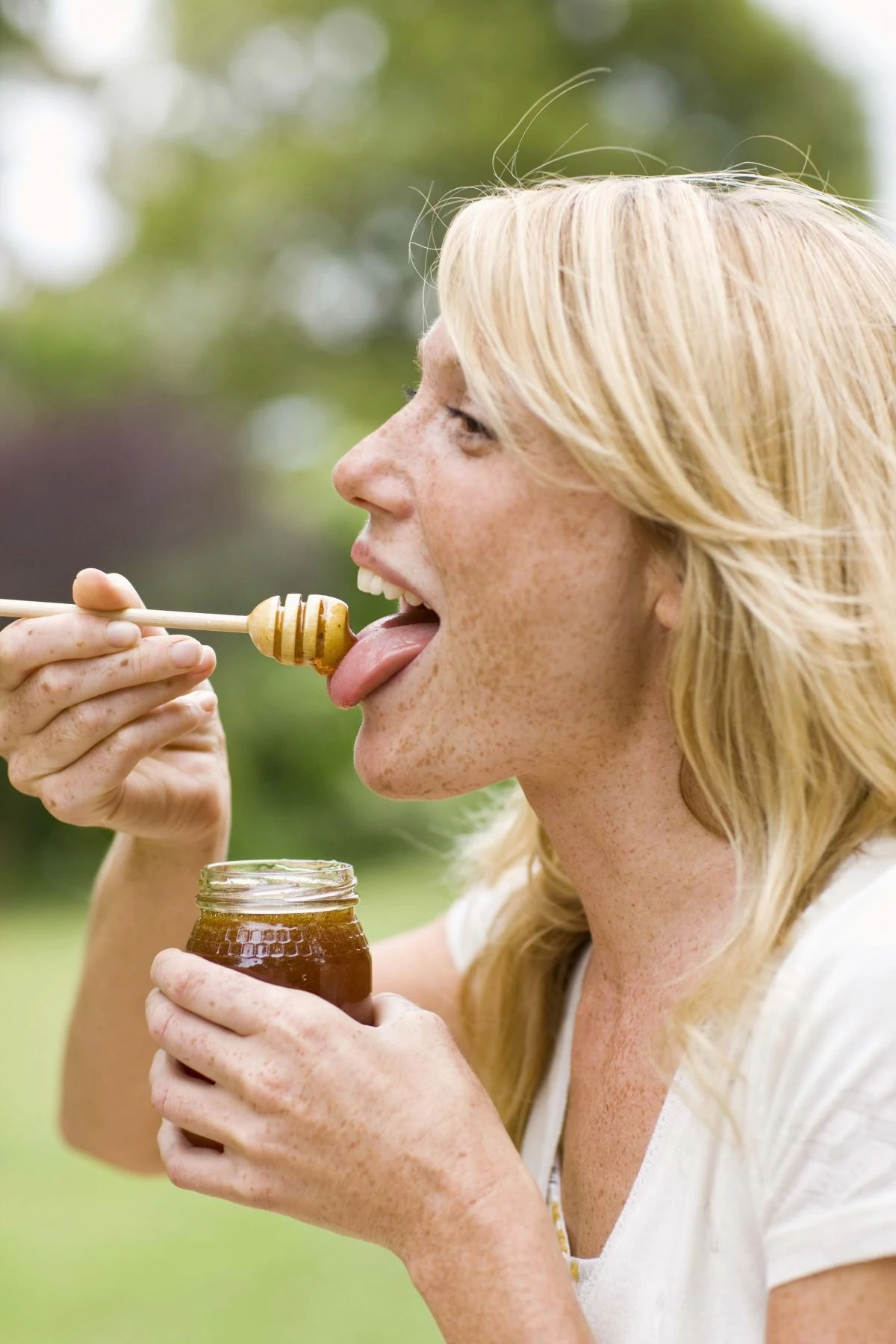
So, What’s Really in the Jar?
To get why honey is so special, you have to know what’s going on inside. It’s way more than just liquid sugar, and its unique qualities come from a natural formula that’s pretty hard to beat.
It’s Not Just Sugar, It’s a Specific Kind of Sugar
At its heart, honey is a dense mix of sugars, mostly fructose and glucose. But unlike regular table sugar, these are simple sugars, which means your body can process them more easily. The cool part is that the ratio of these two sugars changes depending on the flowers the bees visited. This ratio is a big deal—it dictates how sweet the honey tastes and how fast it turns solid.
Honeys loaded with fructose, like the famous Tupelo, are intensely sweet and can stay liquid for ages. On the other hand, those with more glucose, like clover or dandelion honey, will crystallize pretty quickly. It’s a natural process, not a flaw!
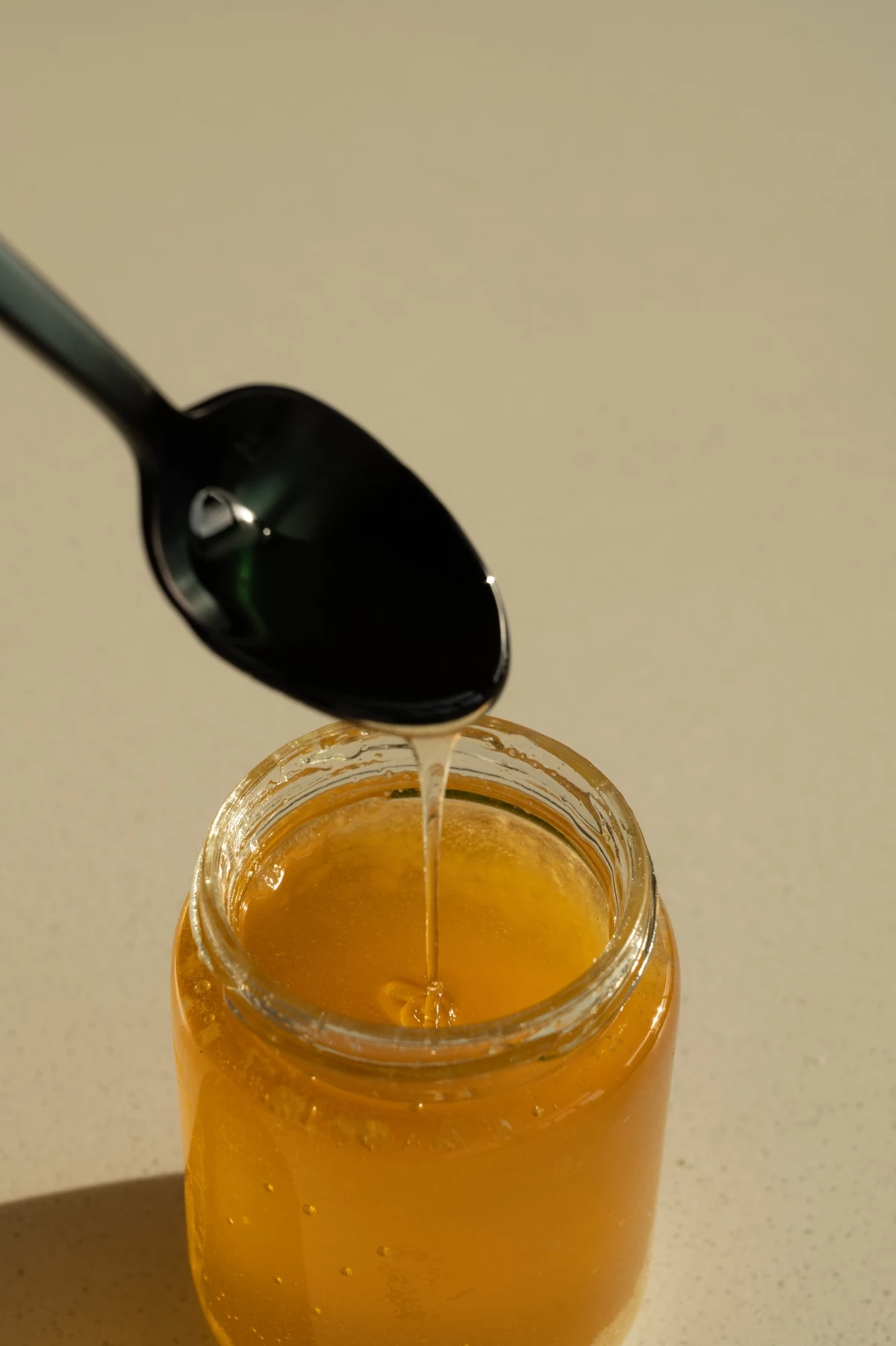
Oh yeah, water content is also a huge deal. For honey to be shelf-stable, it needs to have a water content under about 18.6%. Good beekeepers use a gadget called a refractometer to check this before they harvest. If they jump the gun, the honey has too much water, which can let yeast grow and cause it to ferment. I learned this the hard way with an early-season batch that started smelling like sour beer after a couple of months. Not good. That perfect moisture level is a sign of a beekeeper who really knows their craft.
The Little Things That Make a Big Difference
What really sets honey apart are the other things floating around in there—the enzymes, acids, and other compounds from both the bees and the plants.
Bees add a couple of key enzymes. One is called invertase, which breaks down complex nectar into simple glucose and fructose. The other, glucose oxidase, is fascinating. When you dilute honey with a little water, this enzyme kicks into gear and produces tiny, steady amounts of hydrogen peroxide. That’s where honey gets its famous antibacterial power. It’s a gentle, slow-release antiseptic. Good to know: This is exactly why you should never boil honey if you want to keep those benefits. High heat completely destroys these delicate enzymes.
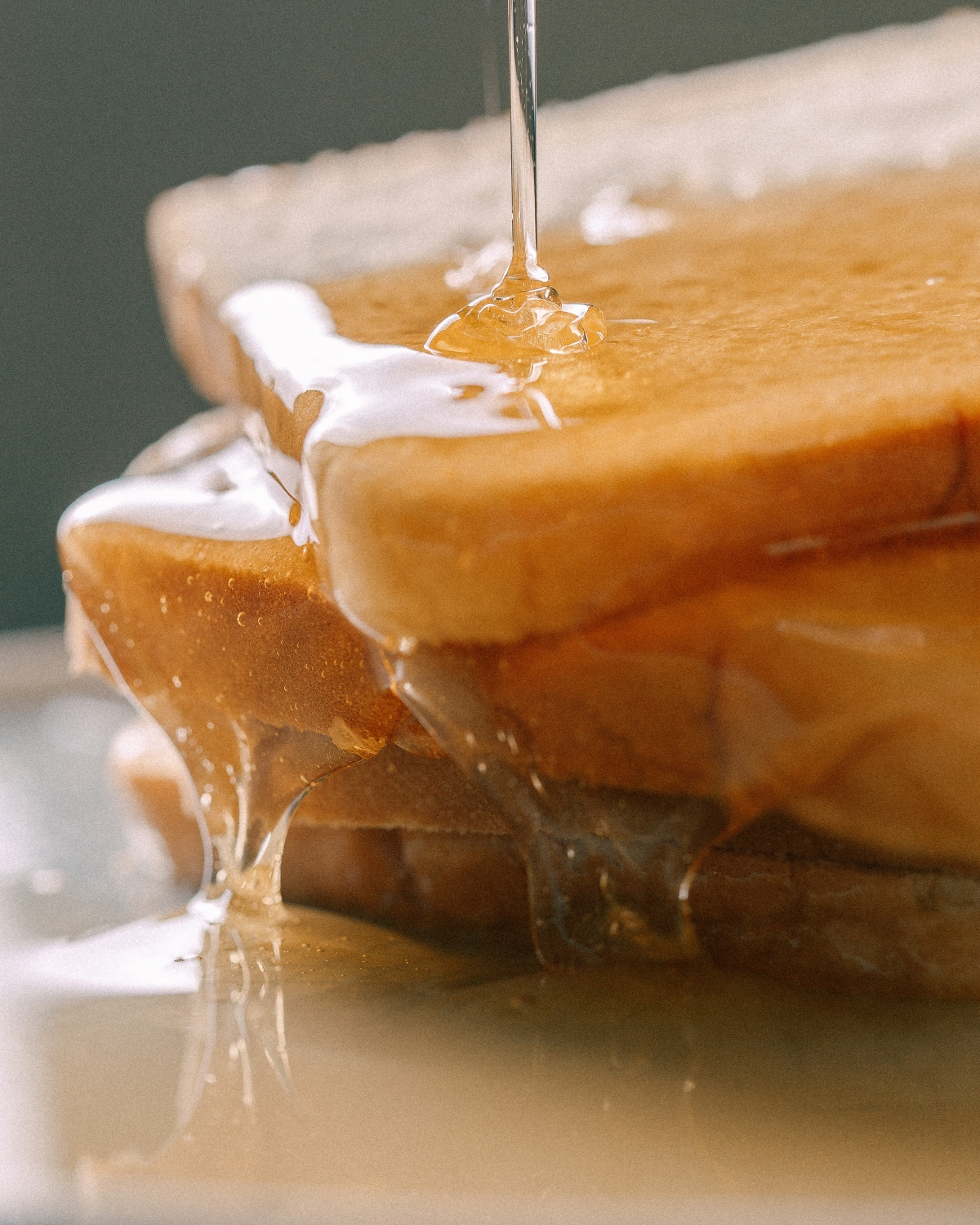
Honey is also naturally acidic, with a pH usually somewhere between 3.5 and 4.5—about the same as tomato juice. This acidity, combined with the low water content, makes it nearly impossible for bacteria to survive. It’s why properly stored honey is one of the only foods that basically never spoils.
From the Beehive to Your Pantry
The journey honey takes from a flower to your kitchen seriously affects its quality. And honestly, the most important thing you can learn is the difference between raw and processed honey. It’s a distinction I drill into every new cook I train.
Raw vs. Supermarket Honey
When you see “raw honey,” it means it hasn’t been heated past about 115°F (46°C). It also hasn’t been super-filtered. It’s usually just strained to get rid of the big stuff like bits of beeswax or debris from the hive. This gentle handling keeps all the natural enzymes and pollen grains right where they belong. The stuff you buy from a local beekeeper at a farmer’s market? That’s almost always raw honey. It might look a bit cloudy or start to crystallize. Those aren’t flaws—they’re the hallmarks of a real, unprocessed product.
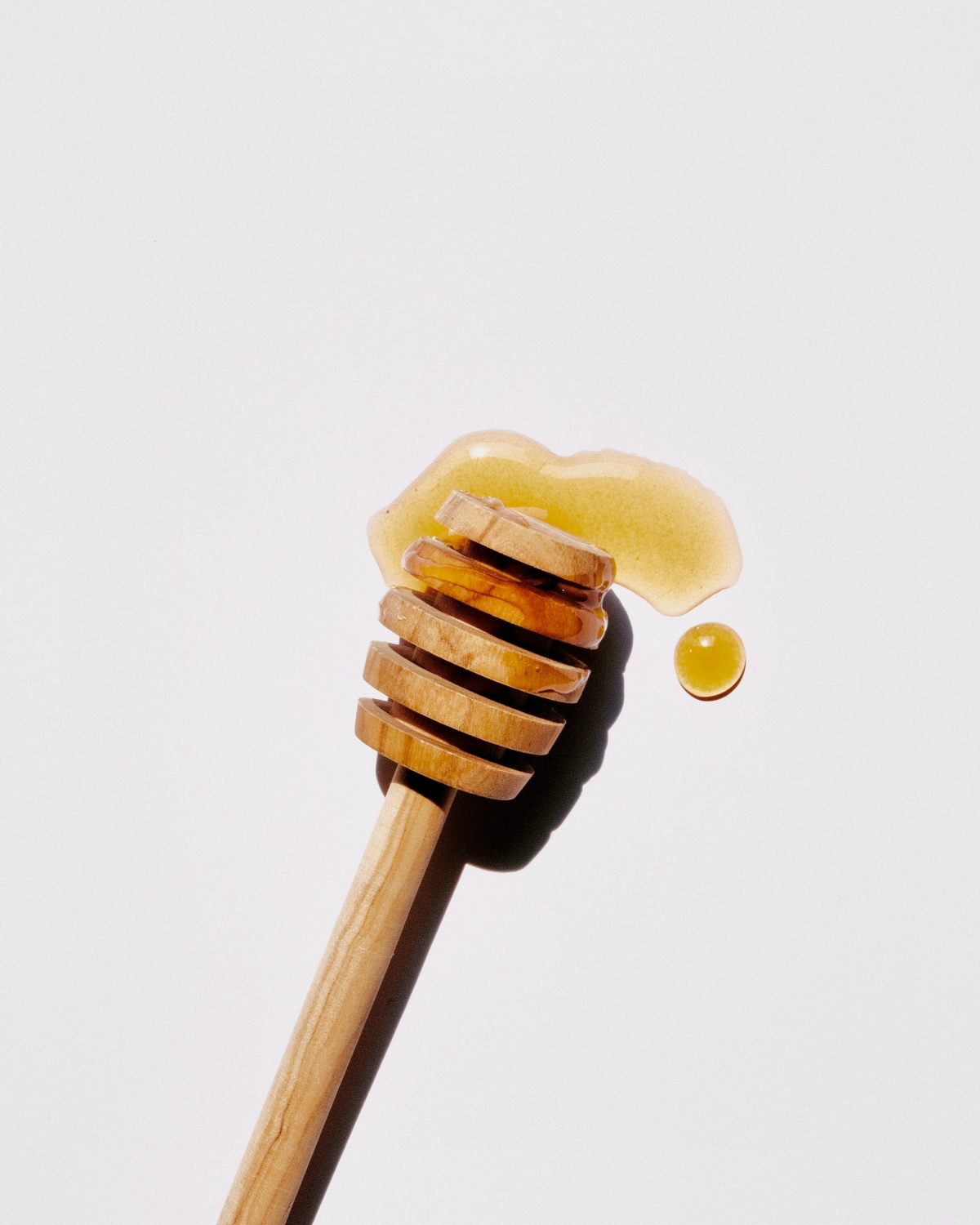
Most of the honey you find in a typical grocery store, on the other hand, has been pasteurized. It’s heated to 160°F (71°C) or even higher. This kills off any yeast, stops fermentation, and keeps the honey looking perfectly clear and liquid on the shelf. The downside is huge, though. Pasteurization obliterates the good enzymes and can mess with the flavor and aroma.
Worse yet, many big companies use ultra-filtration, which forces honey through microscopic filters at high pressure. This removes every last grain of pollen. While it makes the honey beautifully clear, it has a shady purpose: pollen is how experts trace honey back to its country of origin. Some producers do this to hide where their honey is from, especially if they’ve mixed it with cheap syrups. If I see a honey that’s crystal clear and never, ever crystallizes, I’m immediately skeptical.
The Truth About Crystallization (It’s a Good Thing!)
So many people think that when their honey gets grainy and solid, it’s gone bad. This is a complete myth! Crystallization is a totally natural process and, in my book, a sign of high-quality, raw honey. The glucose in the honey simply starts to separate from the water and forms little crystals. That’s it.
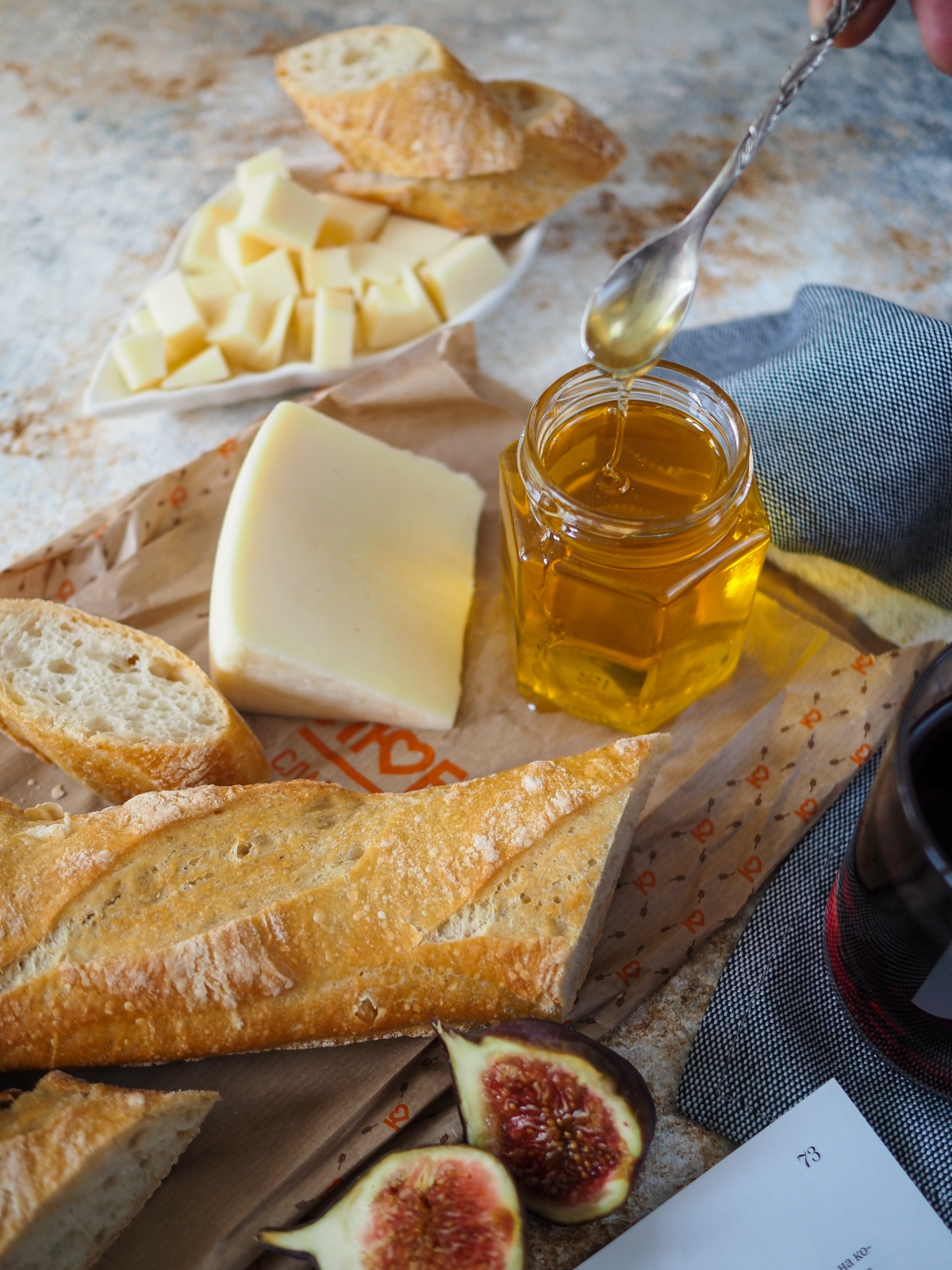
As I mentioned, some types crystallize faster than others. Alfalfa and clover honeys can get grainy in a few weeks. But Tupelo or acacia honey might stay liquid for years. Temperature is also a factor—honey crystallizes fastest around 50-59°F (10-15°C), which is why you should never store it in the fridge.
If your honey does crystallize, don’t you dare throw it out! It’s perfectly good. To get it back to its liquid state, just do it gently. Here’s how: 1. Put your glass jar of honey into a pot of warm water. Notice I said WARM, not boiling! 2. Let it sit, giving it a gentle stir every now and then, until the crystals dissolve. 3. That’s it. Never, ever microwave your honey. The intense, uneven heat will scorch it and destroy all the good stuff.
Tasting the Landscape: Different Types of Honey
Just like wine, honey has a sense of place. Its flavor, color, and texture are all dictated by the flowers the bees visited. A beekeeper can place hives in an area where one type of flower dominates to create what we call monofloral honeys. Trying these is a real treat.
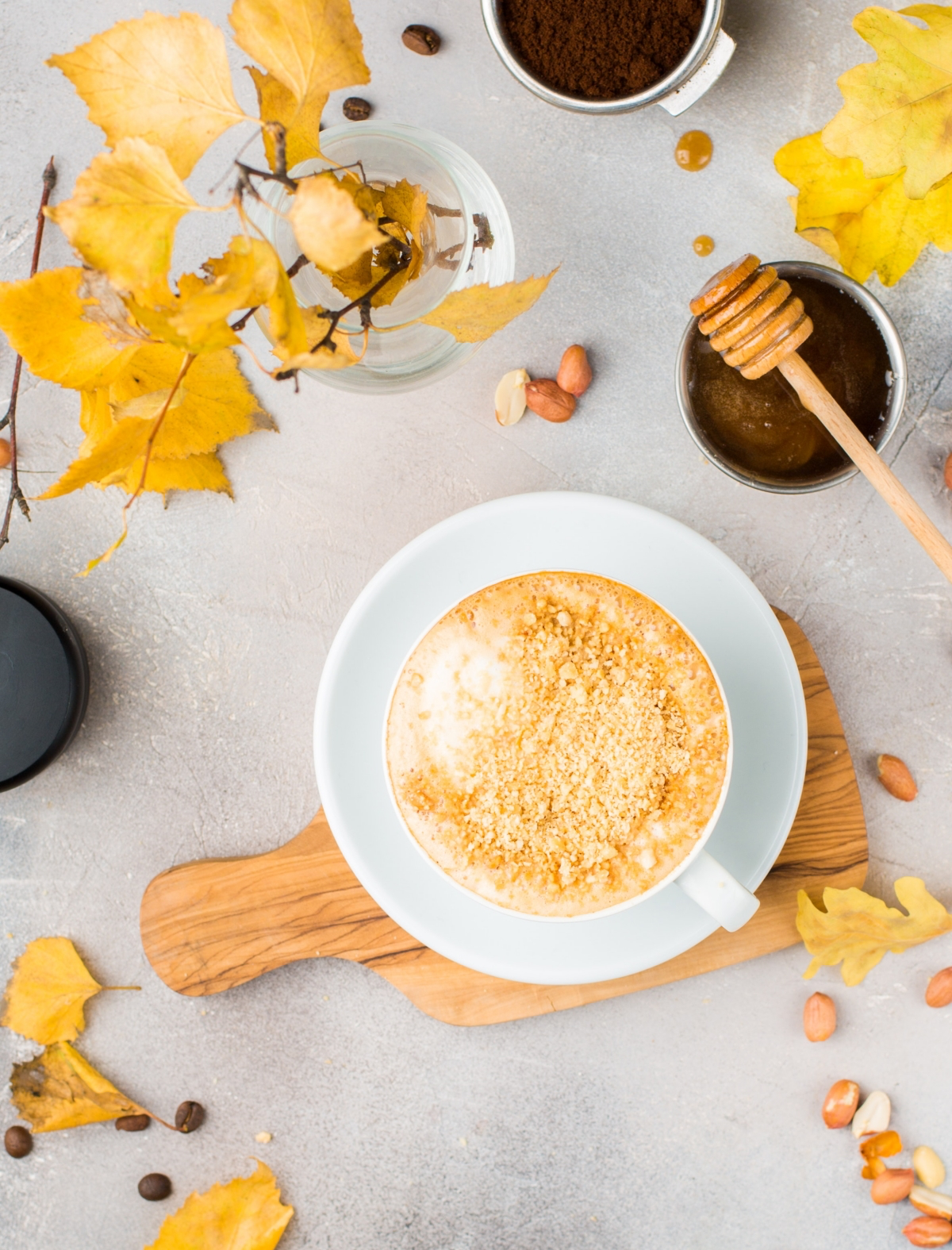
Here are a few notable ones to look for:
- Buckwheat Honey: This one is a powerhouse. It’s super dark, almost black, with a strong, malty flavor that reminds me of molasses. It’s definitely not for everyone, but it’s packed with antioxidants. I love using it in savory marinades or for baking dark, rustic breads where its bold flavor can really shine. It crystallizes moderately fast.
- Clover Honey: This is the classic, familiar honey for most of us. It’s mild, sweet, and has a pleasant, light golden color. Because clover is so common, it’s a great all-purpose honey that’s pretty consistent. Heads up: It’s high in glucose, so it will crystallize fairly quickly.
- Wildflower Honey: This is a polyfloral honey, meaning it’s a mix of nectar from whatever was blooming in the area. Its flavor is a true taste of a region’s season, and it can be wildly different from one batch to the next. It’s a great way to support local beekeepers, and you can usually find a pound for a reasonable price, maybe $10 to $15 at a local market.
- Tupelo Honey: This is a prized, premium honey that comes from a small region in the American Southeast. It’s famous for its high fructose content, which means it almost never crystallizes. It has a gorgeous light amber color and a buttery smooth flavor. It’s an incredible table honey, but its price tag—often $25 or more for a jar—means you’ll want to savor it.
- Manuka Honey: Hailing from New Zealand, this one is famous for its potent medicinal properties, which come from a unique compound. You’ll see its strength rated on the jar (look for UMF or MGO numbers). It has a strong, earthy, slightly medicinal taste and comes with a very high price tag. Honestly, its primary use is more therapeutic than culinary.
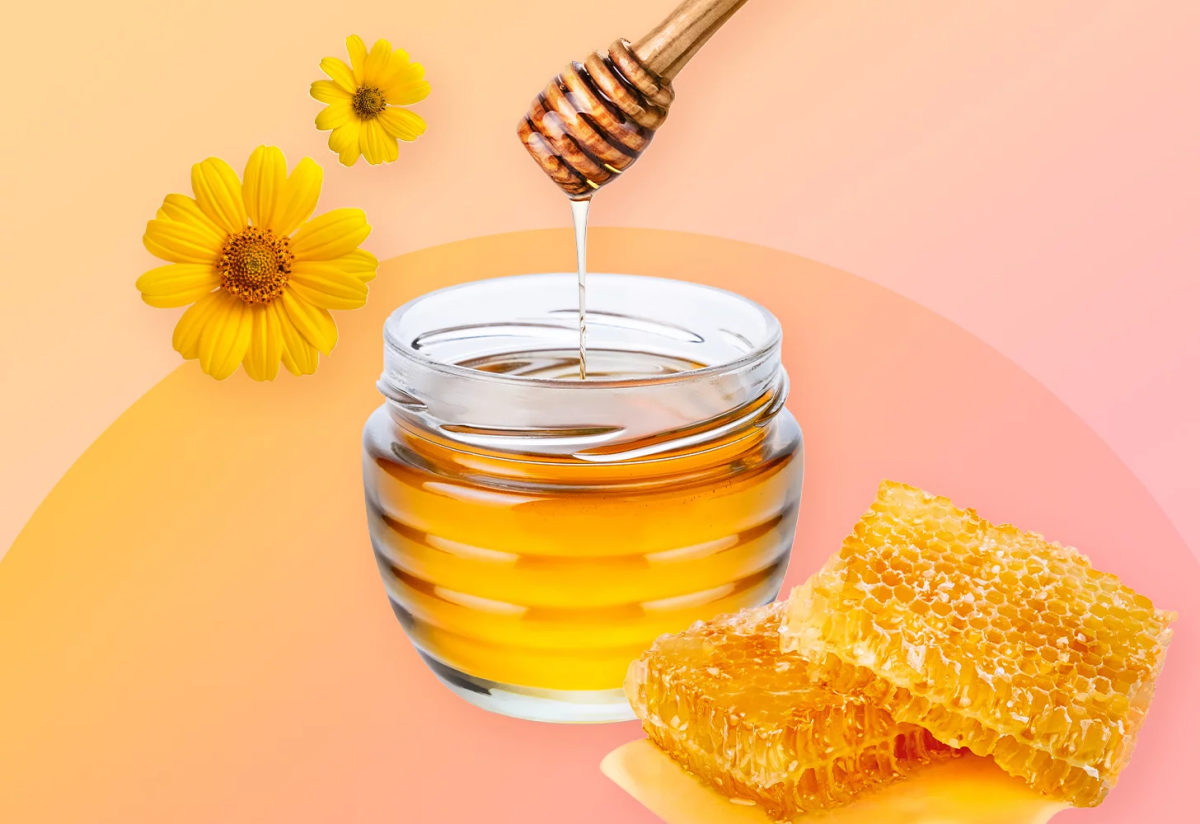
Practical Ways to Use Honey (and a Few Tips)
Honey is incredibly versatile, but let’s focus on what it does reliably well. These are the uses I trust and turn to all the time.
For a Nasty Cough or Sore Throat
This is probably one of honey’s most proven uses. Major health organizations even suggest it can be an effective remedy for coughs, especially for children over one year old. It seems to work just as well as some over-the-counter cough medicines. The magic is mostly physical: the thick liquid coats your throat, soothing the irritation that makes you cough.
My Go-To Soother: It couldn’t be simpler. Just mix 2 tablespoons of raw honey and 1 tablespoon of lemon juice into a mug of warm (not boiling!) water. Let it cool a bit before you drink it to protect those precious enzymes. Darker, thicker honey like buckwheat is fantastic for this.
Quick Baking Tip: Swapping Sugar for Honey
A common question I get is how to substitute honey for sugar in recipes. Here’s a solid rule of thumb: for every 1 cup of sugar, use about 3/4 cup of honey. Since honey is also a liquid, you’ll need to reduce the other liquids in the recipe (like milk or water) by about 1/4 cup. Honey also helps baked goods stay moist and browns faster, so keep an eye on your oven!
For Minor Scrapes and Burns
People have used honey on wounds for centuries. For home use, it can be great for minor cuts and burns. Its low water content pulls fluid out of the wound, its acidity prevents germs from growing, and it releases that gentle antiseptic I mentioned earlier. Just apply a thin layer of raw honey to a clean, minor wound and cover it with a sterile bandage, changing it daily. But be smart about this: for any deep, dirty, or infected wound, or any serious burn, you need to see a doctor immediately. This is a home remedy, not a substitute for professional medical care.
CRITICAL Safety Info: Please Read This
My respect for honey is matched only by my respect for its risks. Good advice always includes clear warnings, and there are a couple of situations where honey is a serious no-go.
The Absolute Rule: NO Honey for Babies
This is the most important warning of all. You must NEVER give honey to a child under 12 months of age. Honey can contain dormant botulism spores. An adult’s digestive system can handle them, but an infant’s gut is not developed enough to fight them off. If the spores grow, they can cause a rare but severe illness called infant botulism, which requires immediate hospitalization. The risk is small, but the consequence is devastating. It doesn’t matter if the honey is raw, pasteurized, or organic. NO honey is safe for infants. This is a non-negotiable rule.
Honey and Diabetes
People with diabetes often wonder if honey is better than sugar. The answer is… it’s complicated. Honey does have a slightly lower glycemic index, meaning it raises blood sugar a bit more slowly than table sugar. However, it will still raise your blood sugar, and it actually has more calories per teaspoon. If you have diabetes, treat honey like any other sugar: measure it carefully and account for it in your daily carb intake. Please, talk to your doctor or a dietitian first.
The Problem of Fake Honey and How to Avoid It
Finally, let’s talk about a big problem in the industry: fake honey. It’s one of the most adulterated foods on the planet. Some producers dilute real honey with cheap syrups (like corn, rice, or beet syrup) to cut costs. Unfortunately, the simple home tests you see online don’t really work. Your best defense is to buy from a source you can trust.
This means getting to know your local beekeepers! Go to a farmer’s market. A passionate beekeeper will love to talk to you about their work. Don’t be shy; here are a few great questions to ask:
- “Where exactly are your hives located?” (This confirms it’s truly local.)
- “Do you ever feed your bees sugar syrup?” (Some do to help hives survive winter, but it’s good to know.)
- “When was this batch of honey harvested?” (Gives you an idea of the season and flowers.)
If you’re buying from a store, look for labels that give you more information. Phrasing like ‘unfiltered’ or ‘raw’ is a good start. Some larger, reputable brands might have a ‘True Source Certified’ seal, which provides traceability. Ultimately, the best honey often comes from someone who can tell you the story behind the jar.
Inspirational Gallery
Raw Honey: Unfiltered and unpasteurized, it’s bottled straight from the hive. This means it contains bee pollen and propolis, and its delicate enzymes are intact. The flavor is often more complex and nuanced.
Pasteurized Honey: This is the clear, syrupy honey you typically find in supermarkets. It’s been heated to kill yeast and filtered to remove particles, which gives it a longer shelf life and prevents crystallization. However, this process can diminish some of its subtle aromas and beneficial compounds.
For maximum flavor and potential health benefits, go for raw. For a consistent texture in baking, pasteurized is a reliable choice.
- Keep it in an airtight container to block out moisture and other odors. The original jar is usually perfect.
- Store it at a consistent room temperature (around 21-25°C or 70-77°F).
- Avoid the refrigerator! Cold temperatures will accelerate the natural crystallization process.
- Keep it away from direct sunlight or heat sources like the stove, which can degrade its quality.
A single honeybee produces only about 1/12th of a teaspoon of honey in its entire lifetime. A typical 1lb jar represents the work of over 550 bees visiting roughly 2 million flowers.
My honey has turned solid and grainy. Has it gone bad?
Absolutely not! Crystallization is a natural process, especially in raw honeys or those with a high glucose-to-fructose ratio, like clover honey. It’s a sign of quality, not spoilage. To bring it back to a liquid state, simply place the jar in a bowl of warm (not boiling) water and stir gently until the crystals dissolve. Avoid the microwave, as it can overheat the honey and destroy its delicate flavors and enzymes.
Manuka honey from New Zealand is often graded with a UMF (Unique Manuka Factor) rating.
This isn’t just marketing. The UMF rating, typically from 5+ to 20+, measures the concentration of key antibacterial compounds, primarily MGO (methylglyoxal). A higher UMF, like you might find from a reputable brand such as Comvita, indicates a more potent honey. While all honey has some antibacterial properties, Manuka’s are exceptionally stable and well-researched, which is why it commands a premium price.
Think of it like wine: Honey has a ‘terroir.’ The term isn’t just for grapes; it perfectly describes how a honey captures the essence of a specific place. The taste of lavender honey from Provence is intrinsically linked to its sun-drenched floral landscape, just as the dark, molasses-like notes of Buckwheat honey reflect the hardy fields of the northern US. Each jar tells a unique story of the soil, climate, and flora the bees visited.
One of the most elegant ways to enjoy honey is by pairing it with cheese. The sweetness and complexity of the honey can cut through the richness of the cheese, creating a perfect balance. Try these classic combinations:
- Acacia Honey with Brie: The light, floral notes of acacia won’t overpower the delicate, creamy cheese.
- Buckwheat Honey with Blue Cheese: Its strong, malty flavor stands up beautifully to the pungent kick of a gorgonzola or stilton.
- Orange Blossom Honey with Ricotta: A drizzle of this citrusy honey elevates fresh ricotta into a simple, sublime dessert.
The ‘hot honey’ trend is here to stay, and it’s incredibly easy to make your own. Gently warm a cup of mild honey (like clover or wildflower) in a saucepan over low heat. Add one or two dried chilies, sliced, and let it infuse for about an hour—don’t let it boil! Strain out the chilies and store in a jar. It’s a perfect drizzle for pizza, fried chicken, or even ice cream, giving you that sweet-heat kick popularized by brands like Mike’s Hot Honey.
- A perfect, unbroken drizzle every time.
- No more sticky messes on the jar’s rim.
- Aerates the honey slightly, enhancing its aroma.
The secret? A classic wooden honey dipper. The grooves are designed to hold the liquid gold as you lift and twirl, giving you complete control as you transfer it from the jar to your toast or tea.
Beyond the common varieties, the world of honey offers fascinating flavors. Take Greek Thyme honey, a protected designation of origin product primarily from Crete. It’s not just sweet; it has a distinctly herbaceous, savory, and almost resinous character with a lingering finish. It’s intensely aromatic and a much darker amber than typical wildflower honey. Traditionally, it’s not just for toast; Greeks drizzle it over sharp feta cheese, blend it into thick yogurt, or use it as a glaze for lamb, where its herbal notes complement the meat perfectly.










